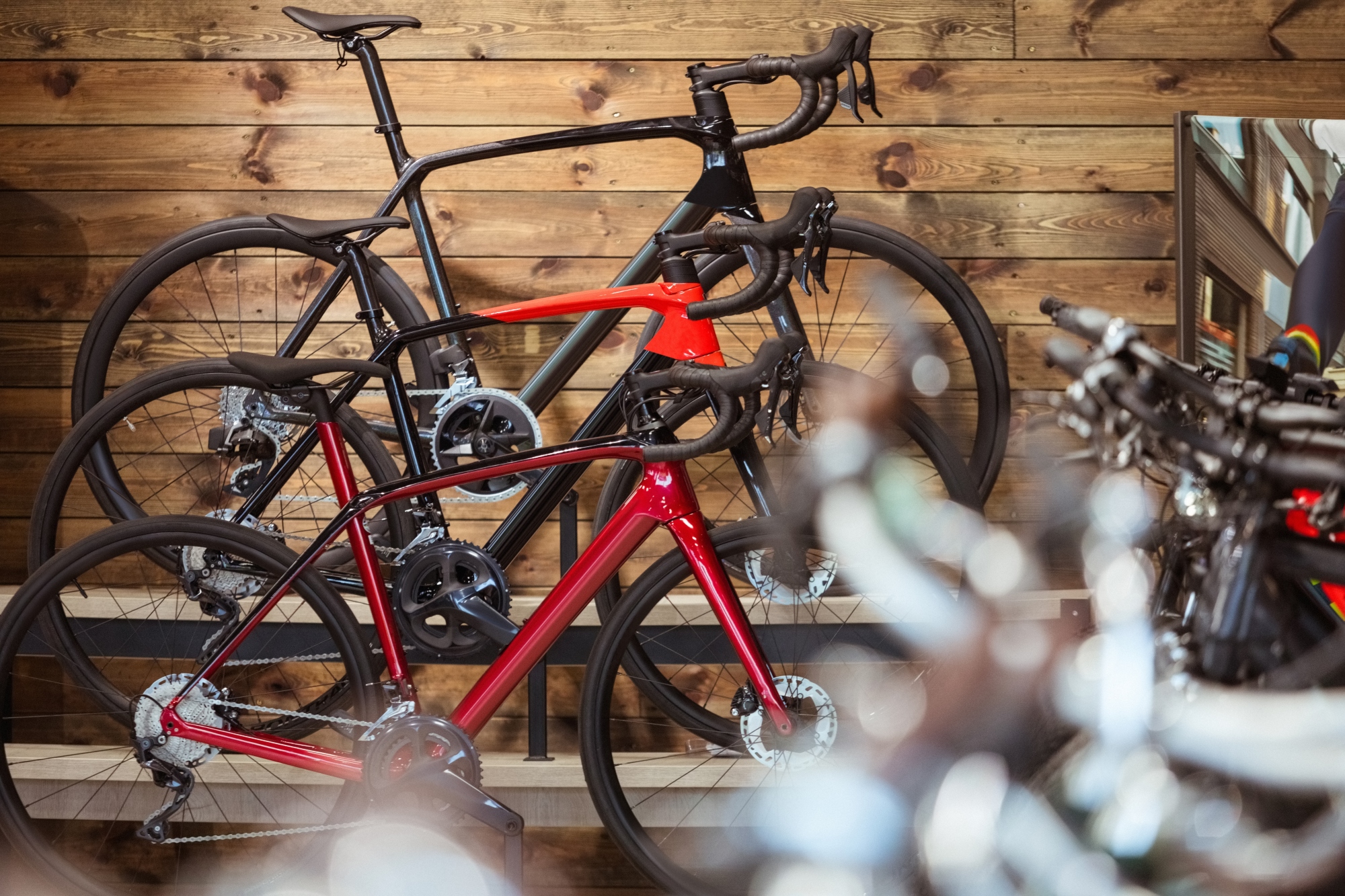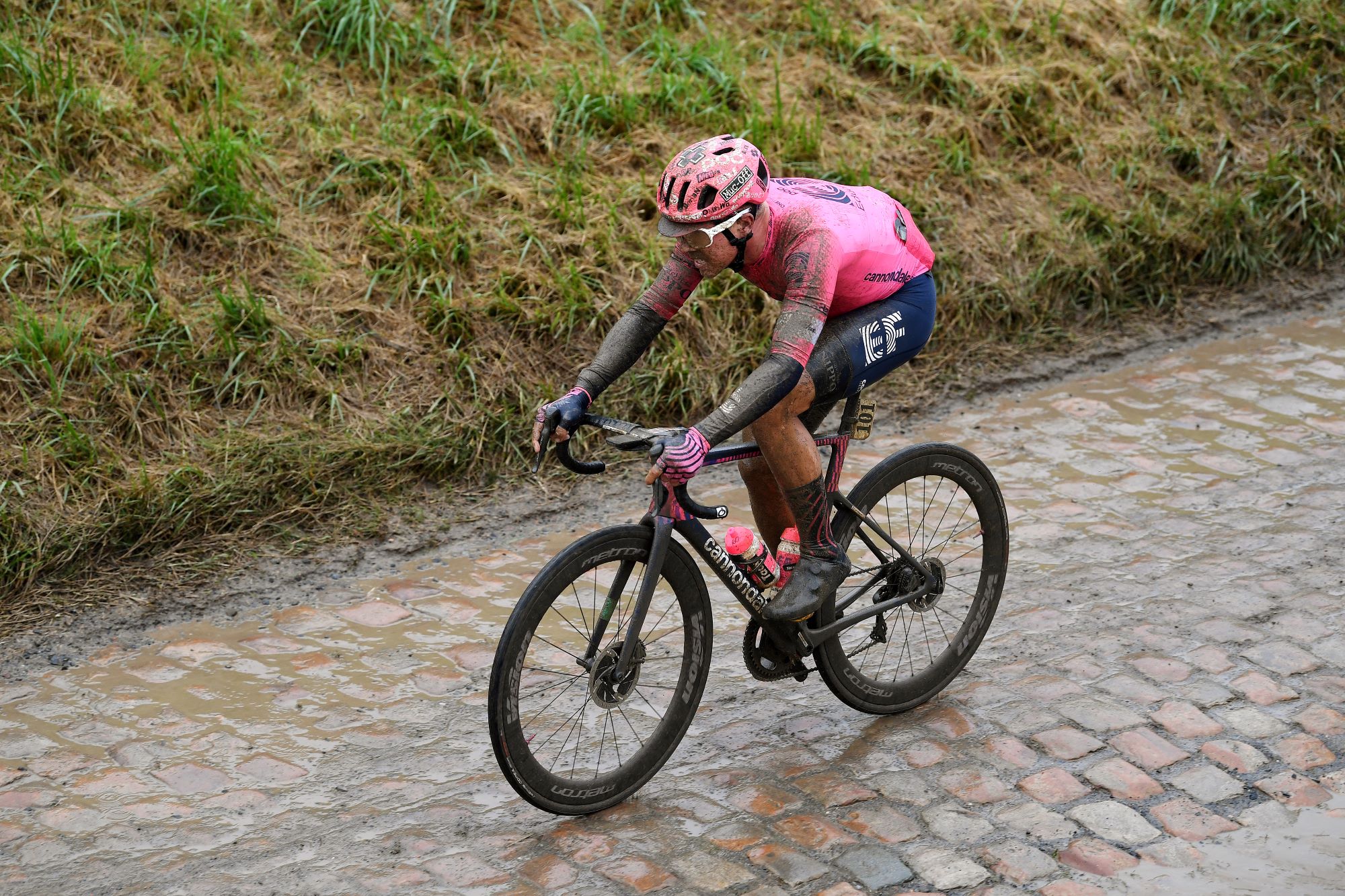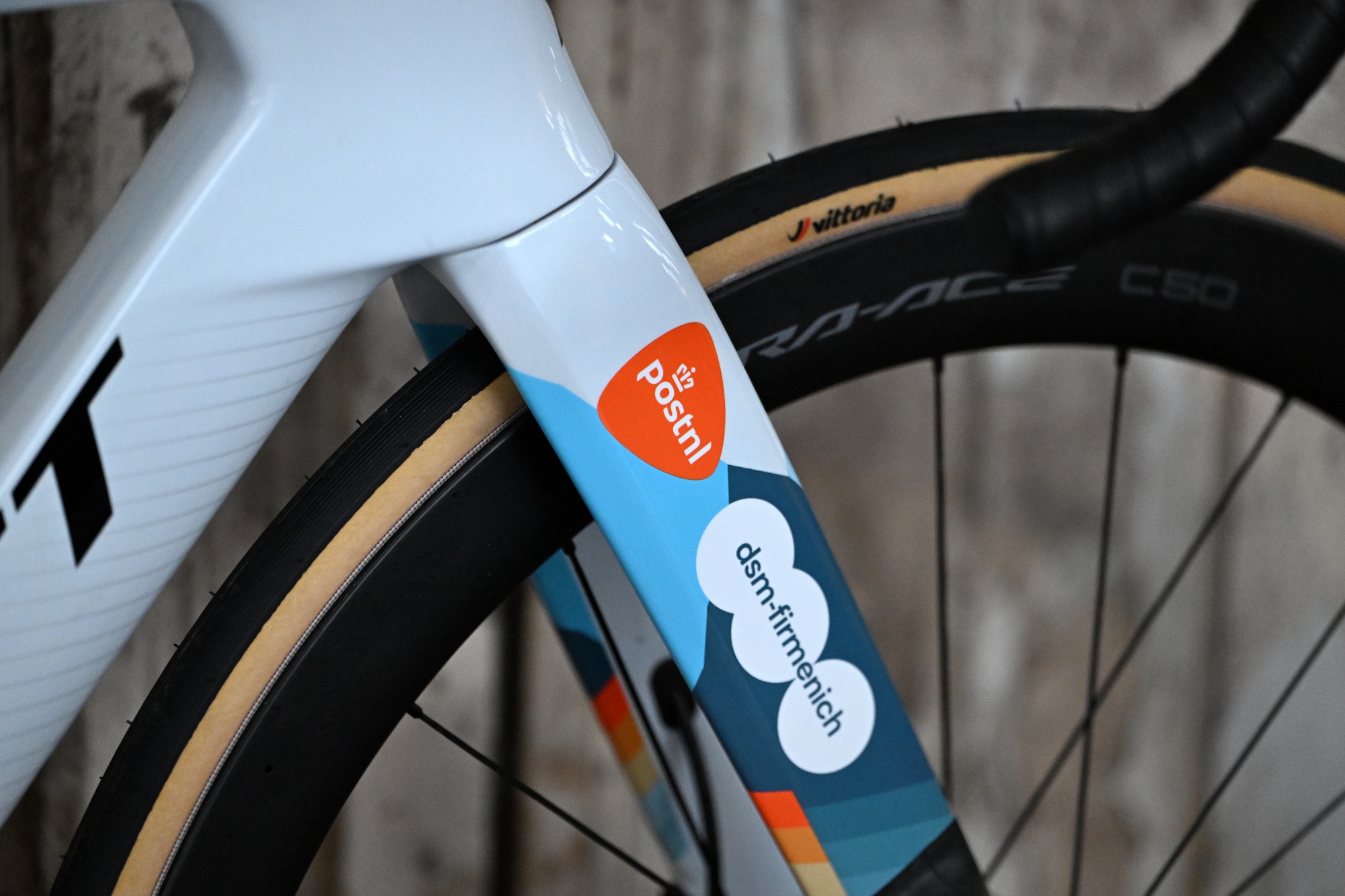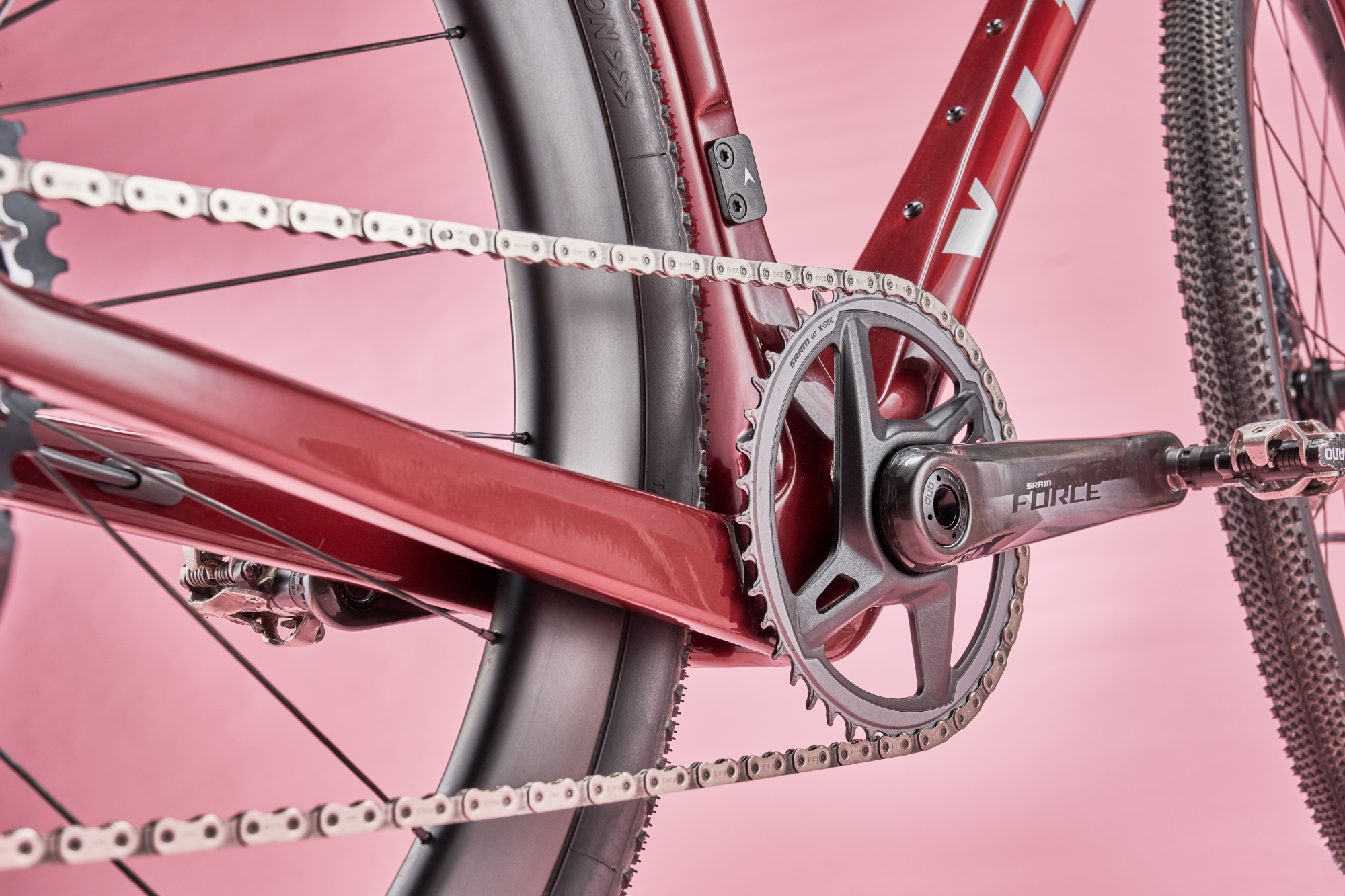
It used to be oh so simple, just road bikes and mountain bikes. In the road category, we were limited to just two faithful options, endurance bikes and race bikes. Cyclocross existed too, in a muddy no-man’s land, but there was little mixing of the on- and off-road riding genres.
Then came gravel. It’s been the buzzword in cycling for the last half-decade, and for good reason. Emphasis on more casual riding, enjoying the outdoors and getting away from traffic resonates with the masses. It’s fair to say that the gravel genre has sculpted the landscape of the cycling industry in recent years.

Walk into a bike shop today, and you will be bombarded with a myriad of bike options – road race bikes, road endurance bikes, all-road bikes and gravel exploration bikes to name just a few. Yet, the lines between these machines are becoming increasingly blurred. After all, most share much of the same DNA – two-wheeled, human-powered machines equipped with disc brakes and wid(er) tyres.
With many of the best race bikes on the market, such as the Specialized Tarmac SL8, now supporting up to 35mm rubber – that’s 2mm wider than competition cyclocross tyres – cynics will claim that the new all-road bikes category is just an industry ploy to sell you more bikes. But is that the case?

The cobbled classics is a great place to look for abstract bike tech, a race series we believe represents a pretty good definition of ‘all-road’ riding. In the past, the intense demands of the cobbles have led to teams using innovative adaptations, including different frames in some cases, to make the racing more bearable. However, as we found out at this year’s Omloop Het Nieuwsblad, bikes are becoming increasingly conventional. At least by today’s standards.
“Technology is so far away from where it was five years ago,” said Bruno Maltar, Mechanic at DSM-Firminech, “it means we don’t really have to change anything for the classics races. It’s just another day.”
Speaking with Nick Van Cauter, Mechanic at Ineos Grenadiers, it was a similar story for Tom Pidcock.
“The only thing we are doing differently for the classics is running 32mm tyres front and back, but there are no major changes. The setup is the same for the whole of the classics.”

Certainly, there’s a sense in the pro peloton that race bikes have become hugely more versatile. Improved knowledge of carbon layup has enabled frame manufacturers to drastically increase vertical compliance whilst maintaining stiffness where it matters, and advances in the world of aerodynamics have led to faster wheels, even with wider 30mm tyres. But does that mean everyone should buy a modern-day race bike? Nope.
We spoke to Tim Allen, bike fit expert at Soigner, who explained how two bikes with the same riding position can possess handling characteristics that are are poles apart.
“It’s something not a lot of people appreciate,” he said, “You could put the exact same bike fit measurements on to two different bikes, and they would handle completely differently.
“For example, with the right stems and seatposts you could easily put the handlebars and saddle in the same place relative to the bottom bracket on both a road race frameset and gravel frameset. But, because the chainstay length, wheelbase and fork trail are likely to be different, the two bikes would not handle the same.”
So the concept of ‘one bike to do everything’ doesn’t hold water - at least not without compromise.

“It depends what that ‘everything’ is to the individual,” Allen continues. “There are bikes out there with chainstays around 412-415mm that work great for recreational club riding as well as lighter gravel. However, if you are a dedicated crit racer or gravel racer, you’re going to want a bike with shorter stays, one that’s more discipline-focused.”
The industry is not trying to sell you the same bike twice, even if it may seem that way. The rigid bike categories of old have given way to a broad spectrum of very capable, versatile machines that share some commonality. But, looks can be deceiving. A thoroughbred race machine will perform very differently to an endurance bike despite both having enough clearance for wide tyres.
So, the devil is in the detail. Today’s bikes are becoming aesthetically more and more alike, with only their spec sheets revealing the whole truth. Look beyond the crude similarities and you’ll discover a broad spectrum of bikes where once there were only a few rigidly defined categories. That’s got to be a good thing.







